Big Lots Stores, a long-standing name in the American discount retail market, has become the latest casualty of the ongoing retail challenges in the U.S. The announcement of “going out of business” sales across all remaining locations signals the end of an era for this household brand.
For over five decades, Big Lots has been a go-to destination for budget-conscious shoppers seeking a variety of items, from home décor to furniture and seasonal essentials.
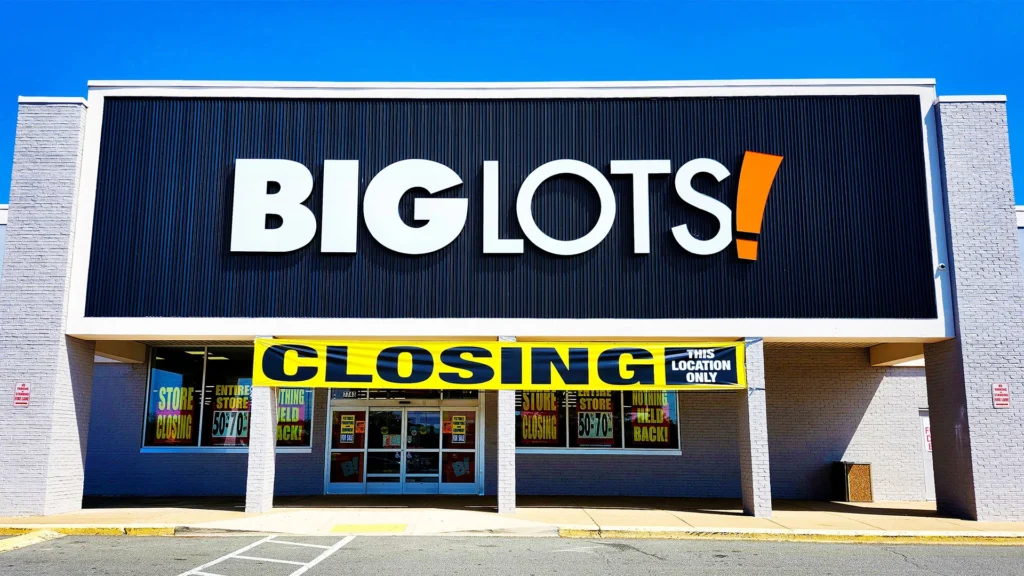
This decision comes after a string of financial hurdles and an unsuccessful acquisition attempt. Here’s everything you need to know about the closure, the sales, and its implications for employees, customers, and the retail industry.
1. Financial Struggles and Bankruptcy Filing of Big Lots
Big Lots Stores, founded in 1967 and headquartered in Columbus, Ohio, once operated nearly 1,400 locations across the U.S. Despite its success in delivering budget-friendly products, the company has faced persistent financial challenges in recent years.
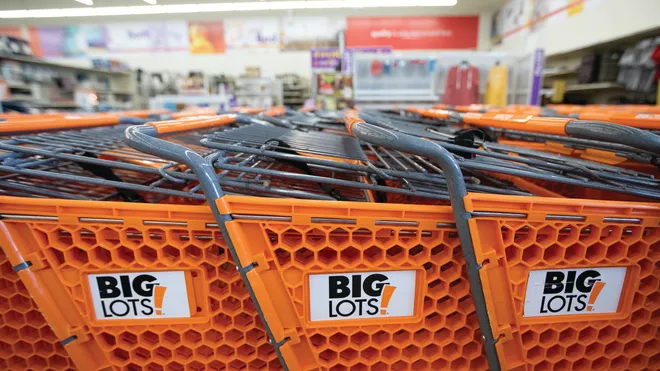
The retailer reported a staggering net loss of $238.46 million in the second quarter of 2024, with declining revenues that fell to $1.05 billion. This downward spiral in performance left Big Lots no choice but to file for Chapter 11 bankruptcy protection in September 2024.
The move was aimed at creating a roadmap for restructuring and regaining financial stability. However, as recent developments show, that recovery plan has faced significant obstacles.
Read More : GM’s Robotaxi Exit: A Billion-Dollar Mistake in Scaling Too Fast
2. Failed Acquisition by Nexus Capital Management
As part of its restructuring efforts, Big Lots entered into a tentative agreement with Nexus Capital Management, a private equity firm, to sell its assets and secure much-needed funds. The acquisition was seen as a lifeline that could potentially keep the company afloat.
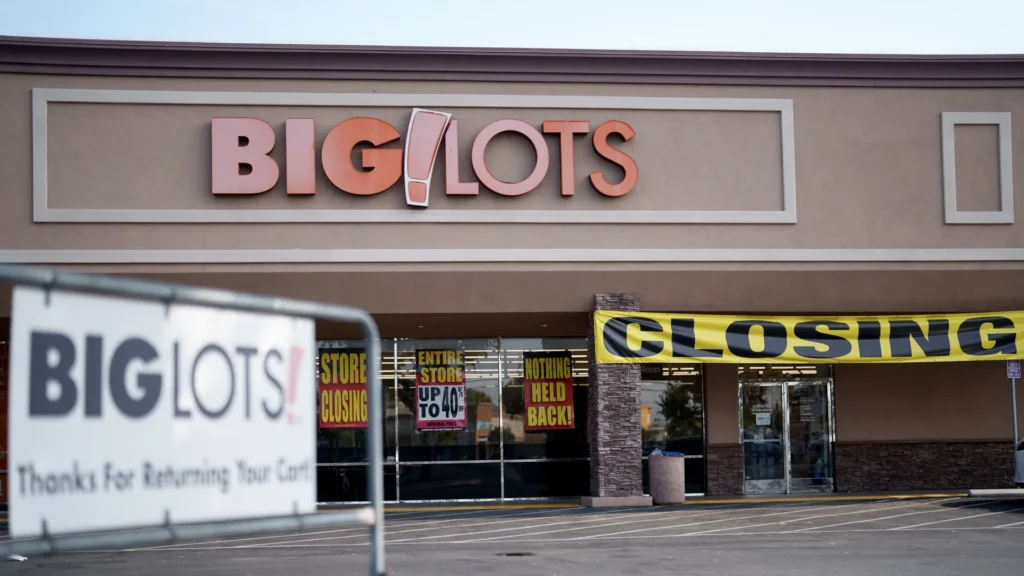
Unfortunately, as of December 2024, Big Lots has announced that it no longer anticipates closing this deal. With no definitive agreement in sight, the company decided to begin “going out of business” sales to liquidate its remaining inventory and minimize losses.
Despite this setback, there remains a glimmer of hope as Big Lots continues to explore alternative deals with Nexus or other investors. However, with liquidation sales now underway, the company’s future seems uncertain.
3. Liquidation Sales: A Shopper’s Perspective
The closure of Big Lots stores means that customers can expect massive discounts across a wide range of products. The liquidation sales will feature furniture, home goods, seasonal items, toys, and other household necessities at prices likely to attract bargain hunters.
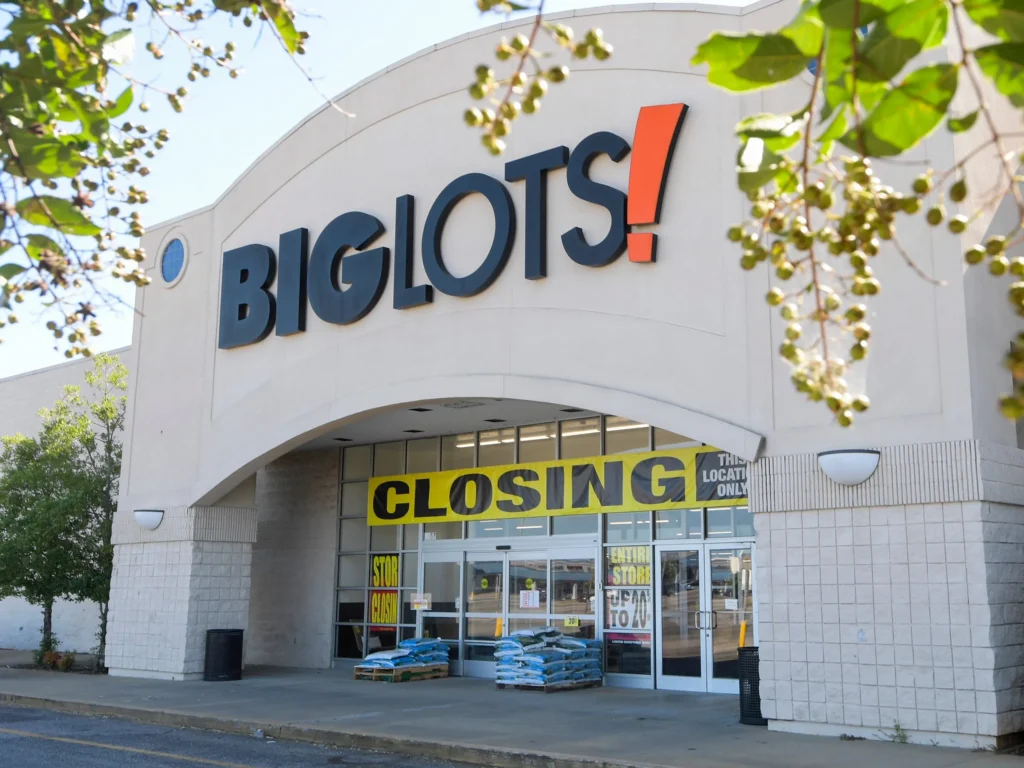
If you’ve been eyeing any of Big Lots’ unique offerings, now is the time to act. However, shoppers should be prepared for limited inventory and high demand as stores work to clear out their stock quickly. The exact end date of the liquidation sales will vary by location, but the process is expected to move rapidly.
4. Impact on Big Lot’s Employees and Local Communities
Big Lots employs over 30,000 individuals nationwide, and its closure will leave many of these workers facing job losses. For employees, the abrupt shutdown marks the end of stable employment, creating economic uncertainty for thousands of families.

Additionally, the closure of Big Lots stores will impact the communities that have relied on these locations for affordable products. With fewer budget-friendly shopping options available, consumers may be forced to turn to higher-priced retailers or online alternatives.
This shift could have long-term implications for local economies, particularly in areas where Big Lots served as a primary shopping destination.
5. Lessons for the Retail Industry
The struggles of Big Lots are part of a larger trend known as the “retail apocalypse.” Over the past decade, numerous brick-and-mortar retailers, from Toys “R” Us to Sears, have filed for bankruptcy due to changing consumer behaviors and the rise of e-commerce.
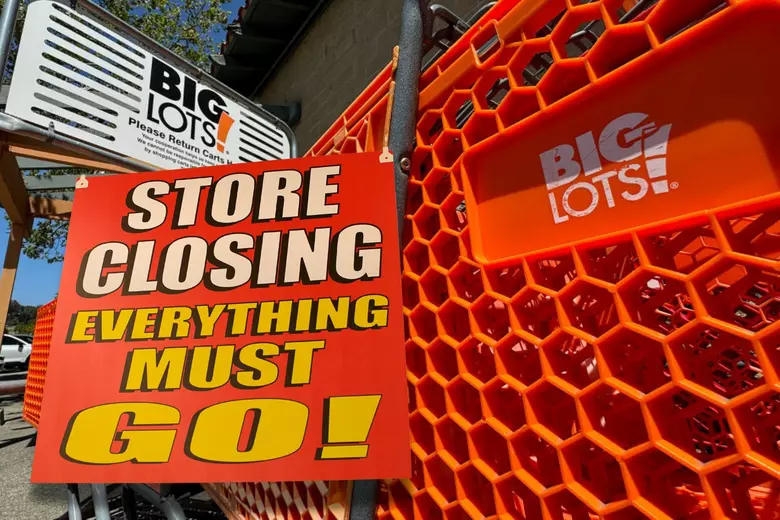
Shoppers increasingly prefer the convenience of online shopping, while economic pressures like inflation and supply chain disruptions have further strained traditional retailers. Big Lots’ closure serves as yet another cautionary tale for the retail industry, emphasizing the need for adaptation in an ever-evolving market.
What’s Next for Big Lots Stores?
While liquidation sales continue, Big Lots has not entirely given up on finding a buyer or restructuring its operations. If a new investor or buyer steps forward, there’s a possibility of a partial revival of the brand. However, the road ahead is steep, and time is running out for the retailer to salvage its legacy.

For customers, this marks the final chapter of Big Lots as they’ve known it. The company’s closure is an opportunity to snag deep discounts, but it also serves as a somber reminder of the challenges facing brick-and-mortar retailers in today’s competitive landscape.
Final Thoughts
The “going out of business” sales at Big Lots Stores mark the end of a significant chapter in American retail. For decades, Big Lots has been a trusted name for shoppers seeking affordability and variety.
While the closure presents short-term opportunities for bargain hunters, its long-term impact on employees, communities, and the retail sector cannot be overlooked.
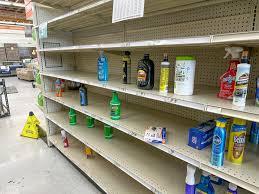
As Big Lots winds down its operations, the lessons from its downfall will undoubtedly resonate across the industry, urging retailers to innovate and adapt in order to survive in an increasingly digital world.
Watch Video : The Rise and Fall of BIG LOTS
1 thought on “5 Key Insights into Big Lots Stores’ Nationwide Closure and Liquidation Sales”